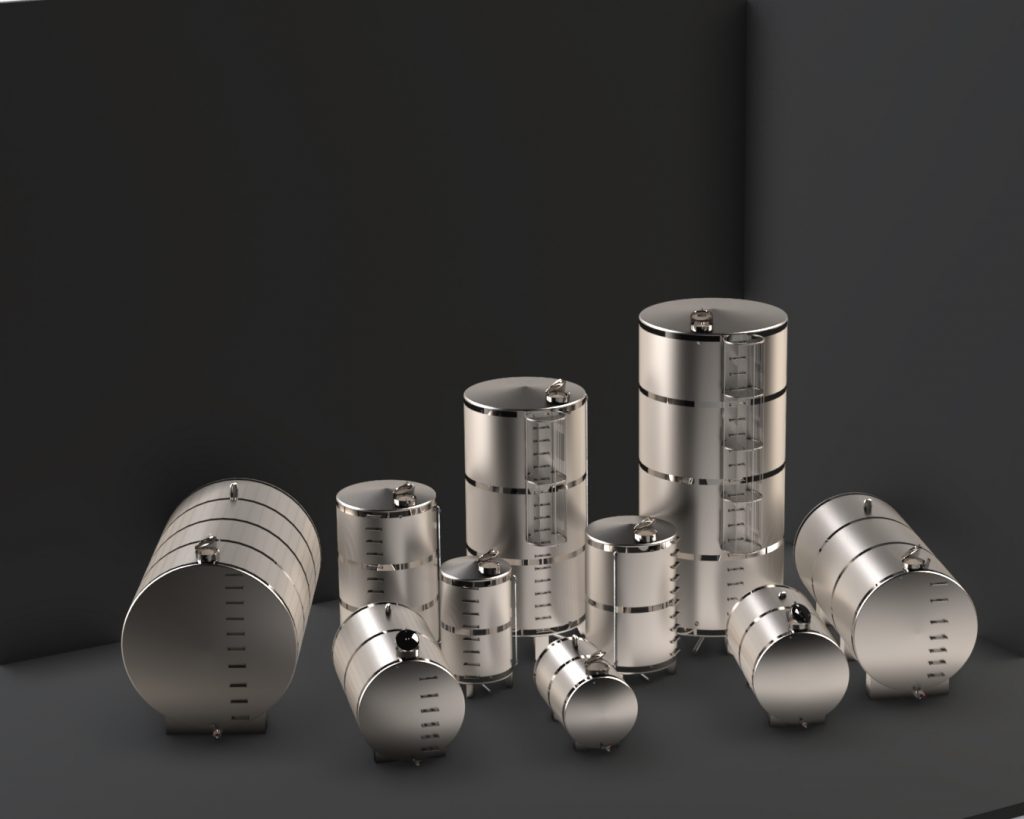What to Consider When Choosing a Stainless Water Tank
Introduction to Stainless Steel Water Tanks
Water storage is essential for both households and businesses. Choosing the right stainless steel water tank ensures safe and reliable water storage for years. With various options available, making an informed decision requires understanding factors such as material quality, size, maintenance, and cost-effectiveness.
Why Choose a Stainless Steel Water Tank?
Stainless steel water tanks are becoming increasingly popular due to their durability and hygiene. Unlike plastic or concrete tanks, stainless steel tanks offer several advantages:
- Durability: Resistant to rust, corrosion, and wear
- Hygiene: Prevents bacterial growth and contamination
- Eco-Friendly: 100% recyclable and sustainable
- Low Maintenance: Requires less frequent cleaning and repairs
Types of Stainless Steel Used in Water Tanks
When selecting a tank, understanding the different grades of stainless steel is crucial:
- 304 Stainless Steel: Commonly used, highly corrosion-resistant
- 316 Stainless Steel: Superior resistance to saltwater and acidic conditions, ideal for coastal areas
For most households, 304 stainless steel is sufficient, but if you live in a coastal or industrial area, 316 stainless steel is a better choice.
Capacity and Size Considerations
Selecting the right size depends on your water usage needs:
|
Usage |
Recommended Capacity |
|
Small Household (1-2 people) |
500 – 1,000 Liters |
|
Medium Household (3-5 people) |
1,500 – 3,000 Liters |
|
Large Household (6+ people) |
5,000+ Liters |
|
Commercial Use |
10,000+ Liters |
Before purchasing, estimate daily water consumption and choose a tank with at least a 20% buffer capacity for emergencies.
Water Quality and Safety
A major benefit of stainless steel tanks is their ability to maintain water purity. Look for:
- Food-grade stainless steel (certifications like NSF, ISO)
- Non-toxic materials that do not leach chemicals
- Sealed lids to prevent contamination
Design and Shape Options
Stainless steel tanks come in different designs:
- Cylindrical Tanks: Most common, ideal for large storage
- Rectangular Tanks: Space-saving, fits in compact areas
- Modular Tanks: Customizable for large-scale projects
Installation Requirements
Proper installation ensures longevity:
- Outdoor Placement: Should have UV protection
- Foundation: Must be on a stable, level base (e.g., concrete slab)
- Elevation: Elevated tanks provide better water pressure
Maintenance and Cleaning
To ensure safe water storage:
- Clean the tank every 6-12 months
- Inspect for rust or leaks
- Use non-toxic cleaning agents
Cost Factors and Budget Planning
Stainless steel tanks are an investment. Consider:
- Initial cost vs. long-term savings
- Brand reputation and warranty
- Installation and maintenance costs
Insulation and Temperature Control
For areas with extreme temperatures:
- Use insulated tanks to prevent freezing or overheating
- Consider sun-reflective coatings in hot climates
Additional Features and Accessories
Enhance your tank with:
- Overflow outlets
- Filtration systems
- UV sterilization for extra purification
Customization Options
- Custom tank sizes for unique spaces
- Choice of inlet and outlet fittings
Compliance with Local Regulations
Check local water storage regulations, including:
- Building codes
- Health and safety standards
- Environmental laws
Warranty and Manufacturer Reputation
Choose a tank with:
- At least a 5-10 year warranty
- A manufacturer with positive reviews
Common Mistakes to Avoid When Buying a Stainless Steel Tank
- Choosing the wrong size
- Ignoring material quality
- Not considering installation costs
Conclusion and Final Recommendations
When choosing a stainless steel water tank, prioritize quality, capacity, maintenance, and budget. Investing in a durable, food-grade tank ensures safe, clean water for years to come.
A well-maintained tank can last 20-30 years or more.
High-quality 304 or 316 stainless steel is highly corrosion-resistant, but poor maintenance can lead to minor rust spots.
Yes, stainless steel is more durable, hygienic, and environmentally friendly than plastic.
Cleaning every 6-12 months prevents contamination.
Yes, as long as the tank is made from food-grade stainless steel.
Insulation is recommended for extreme hot or cold climates to maintain water temperature.



